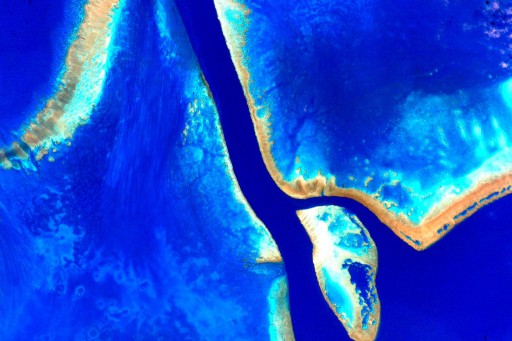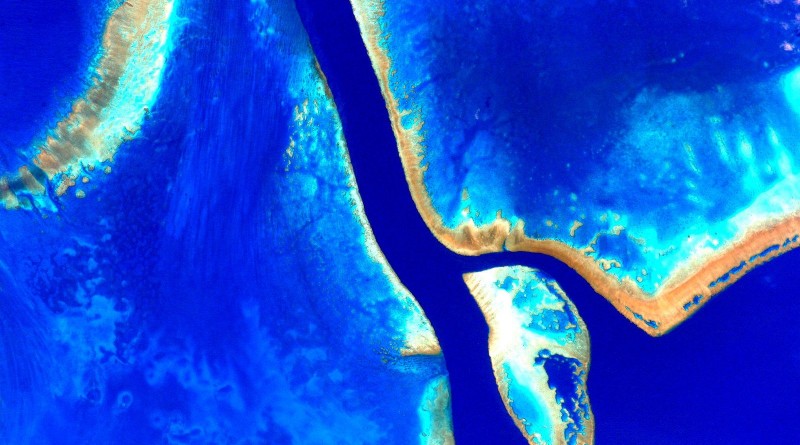ISS Operations Update – October 23, 2015

Experiments:
Microbiome Sample Collection [The study will investigate the impact of long duration space flight on both, the human immune system and an individual’s microbiome. The microbiome is the totality of microbes that live in and on the human body at any given time and influence human physiology. Some consider the microbiome to be a “newly discovered organ” due to its importance for human physiology. In fact, there are about 10 times more microbial cells than human cells in and on the human body, but the microbiome only accounts for about 200 grams.]
ISS-12 Sleep Log [The ISS-12 experiment monitors the ambient light exposure and crew member activity and collects data on the subjective evaluation of sleep and alertness. Ambient light and activity are monitored via a wrist-worn actiwatch that delivers actiwatch spectrums that are put through bio-mathematical models of sleep and light to predict circadian phase. Sleep logs will be kept by crew members as a subjective assessment of sleep quality and duration. It is hoped that this investigation can deliver requirements for lighting, sleep-shifting protocols and workloads for future space exploration missions.]
Radiation Neutron Field Study – Retrieval of bubble detectors deployed to various locations around ISS.
Space Headaches Questionnaire
Relaxation Earth Observations
Calcium Study [This experiment looks at the causes of the loss of bone density in humans undergoing long duration space missions. It uses calcium phosphate and human bone samples to assess the solubility of calcium and bone in water in a zero-G environment.]
Vzir Experiment Calibration [Vzir (Viewfinder) uses the SKPF-U (Photo Image Coordinate Reference System) hardware, a photo image coordinate reference system using ultrasound sensors and a camera for general target views.]
Matryoshka-R – Dosimeter Readings [Matryoshka-R consists of a number of radiation dosimeters that are set up inside the space station to assess radiation exposure of the crew relative to ISS position in its orbit and shielding provided by the modules.]
Maintenance/Systems:
Nominal Inspections/Servicing Tasks (Morning Inspection, Caution & Warning Panel Check, Sozh System Maintenance) (Russian Crew)
VHF Emergency Communications Checkout
Verification of ИП-1 Airflow Sensor Position
Other Activities:
Soyuz TMA-17M Crew Emergency Descent Drill
EVA Preparations: EVA Procedures Review, Tagup with ground team, Review of translation paths using virtual reality simulator
Robotics: Survey of RapidScat Payload using Canadarm2 Body 2 Camera, Stow of Dextre robot on Mobile Base System PDGF #2 & arm walkoff to MBS PDGF #3 and maneuver to EVA-32 position for LEE-B lubrication task
Weekly Tagup with Russian Mission Control Team
PAO Event

